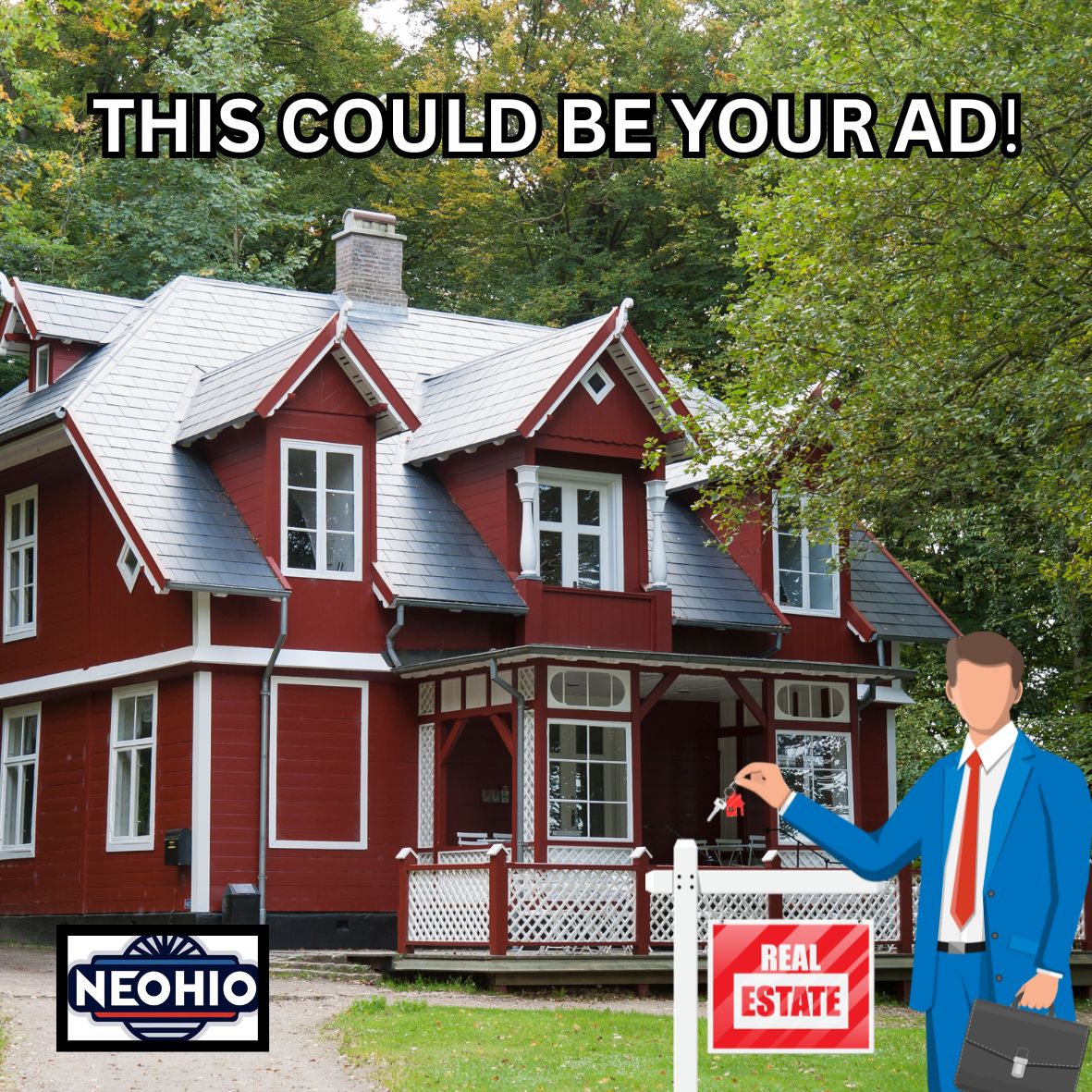The Stow Planning Commission unanimously approved three major chapters of a comprehensive zoning code update at their June 10 meeting, moving the city closer to modernizing development regulations that haven’t seen significant changes in years.
Commercial District Consolidation
The most significant change involves consolidating eight existing commercial districts into just three streamlined categories. The new structure will feature C1 neighborhood commercial, C2 community commercial, and C3 regional commercial districts. Similarly, two industrial districts will merge into a single industrial zone.
Planning officials said the Graham Road and Route 8 area currently contains six different commercial zoning districts, creating confusion and inconsistent regulations. The consolidation will simplify the approval process and make regulations more consistent across similar properties.
Reduced Lot Size Requirements
Recognizing that 60% of existing lots don’t meet current minimum size requirements, the commission approved reducing residential lot minimums across all districts. R1 districts will drop from 20,000 to 15,000 square feet, R2 from 16,000 to 10,000 square feet, and R3 from 12,000 to 7,000 square feet.
Commercial frontage requirements will also decrease from the current 100-120 feet to 50 feet citywide, addressing what planners called “consistent variance requests” that indicate the current standards are unrealistic.
New Zoning Categories
Two entirely new zoning districts received approval. A Public Institutional district will accommodate government buildings, schools, fire stations, and libraries. A Major Planned Development district for properties over four acres will allow developers to write their own zoning regulations for large projects.
Controlled Business Uses
The commission established strict limits on controversial business types. Cannabis dispensaries will be limited to one citywide, restricted to C3 districts, and prohibited within 500 feet of schools, libraries, and parks. Similar distance requirements will apply to tobacco retailers including vape shops.
Car washes will maintain the current population-based limit of one per 10,000 residents, effectively allowing three locations citywide with mandatory one-mile separation requirements.
Accessory Dwelling Units
New regulations will formalize rules for accessory dwelling units, addressing frequent resident inquiries about in-law suites and carriage houses. Detached units will be capped at 1,000 square feet with 17-foot height limits, while attached units must comprise no more than 25% of the main dwelling.
Resident Concerns
Commission member concerns centered on special event regulations for residential properties. One member strongly opposed allowing events in residential districts, citing a previous problematic situation involving inadequate parking and facilities. The member called the current event definition “too vague” and questioned enforcement capabilities.
Front yard gardens also drew criticism, with one member calling them “tacky” and requesting prohibition of vegetable gardens in front yards.
Next Steps
The approved resolutions represent draft recommendations rather than final adoption. City staff emphasized these are directional approvals allowing for minor adjustments before final council consideration. Additional zoning code chapters will come before the commission in future meetings as the comprehensive update continues.
The three resolutions now advance to city council for final consideration and adoption.
Discover more from Northeast Ohio News
Subscribe to get the latest posts sent to your email.










